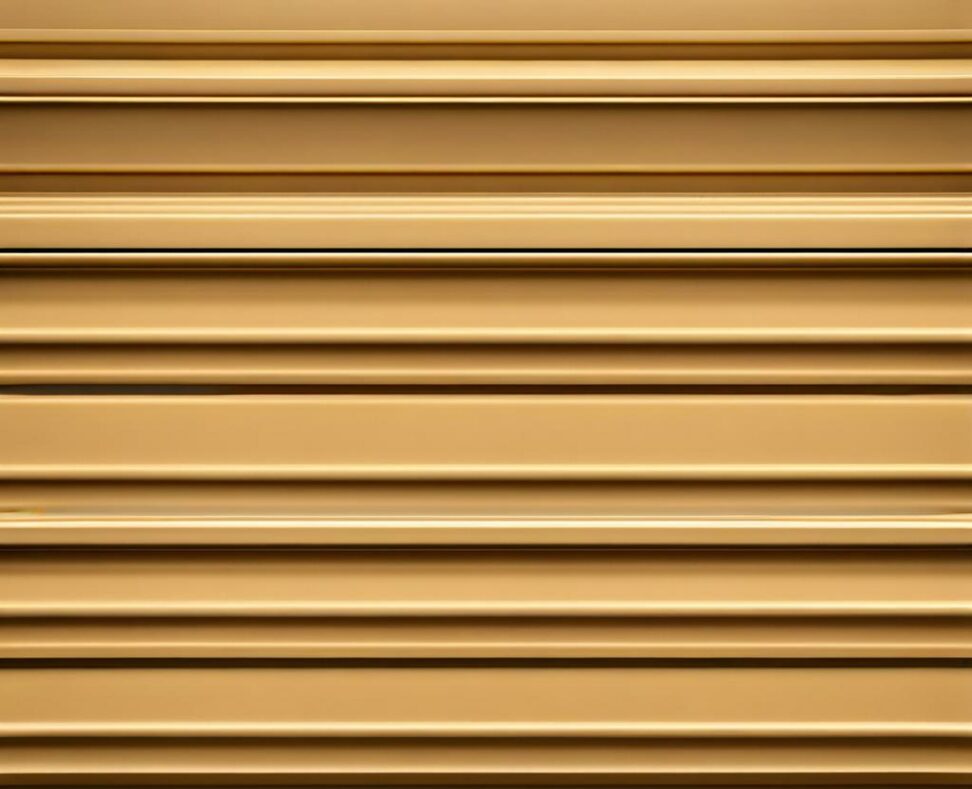Effortlessly Remove Annoying Kitchen Grease
Kitchen walls fall victim to splatters, drips, and greasy buildup over time. Frequent frying leaves walls looking dingy and dirty no matter how clean the rest of the room. Grease stains create an unsightly mess while also posing a fire hazard in some cases. Luckily, with the right techniques and products, you can banish annoying kitchen grease from walls for good.
Getting rid of grease requires knowing what you're working with. Paint, wallpaper, tile, and other surfaces each benefit from specific removal methods. Matching the cleanser to the wall ensures safe, effective grease elimination without damage.

Identify the Grease Stain
In order to remove kitchen grease properly, you must first analyze the wall you plan to clean. Surface material directly affects product selection and stain removal techniques.
Determine Surface Type
Common kitchen wall surfaces include:
- Paint - latex or oil-based
- Wallpaper - vinyl or paper
- Tile - ceramic, porcelain, or natural stone
- Laminate panels
- Wood
- Concrete or brick
Painted drywall tends to attract grease readily but proves easy to clean. More delicate surfaces like wallpaper or unfinished wood require gentler handling. Tiles offer durability but textured grout traps grime in crevices.
Assess Stain Severity
Grease stains appear as translucent spots showing oil has permeated the wall's porous surface. These spots resist cleaning and may require paint touch-ups. Surface splatters or film buildup clean up easier before penetrating deeply.
Consider stain extent, location, color and texture. Dull, stiff buildup clinging inside a vent hood differs from a clearly-defined splotch beside the stove. Gauge thickness, tackiness, smearing and penetration. This helps determine necessary cleaning strength.
Prepare Cleaning Solutions
Selecting the right grease cutter prevents damage while dissolving oils. Harsh chemical cleaners require caution to avoid etching finishes. Gentler homemade cleaners offer safer, cheaper grease relief.
Everyday Household Ingredients
Cabinet staples like dish detergent, baking soda and vinegar tackle most grease spatters. Mix a small amount of mild detergent with warm water for an all-purpose cleaner. For heavier buildup, sprinkle baking soda directly on grease before scrubbing with a wet sponge. Vinegar's acetic acid cuts through oil, so mix equal vinegar and water parts when gentler cleaners fail.
Commercial Degreasers
Water-soluble solvents like TSP (trisodium phosphate) dissolve thick grease layers. Citrus cleaners use d-limonene to penetrate oil. Test commercial degreasers on inconspicuous areas first since high acid or alkali levels damage some surfaces. Consider potential reactions with existing paints or finishes.
Grease Removal Process
Methodical grease removal prevents spreading and resoiling cleaned areas. Work top-down when possible. Letting solutions soak maximizes results.
Gather Materials
Before applying cleaners, assemble needed supplies like:
- Microfiber cloths
- Soft-bristle scrub brushes
- Paint scrapers or spatulas
- Spray bottles for cleaner distribution
Avoid abrasive pads or paper towels that could scratch.
Bottom-Up Wiping Method
Wipe downwards from stain borders first. This avoids dripping spread buildup onto lower clean areas. Work methodically across and down the wall's surface to remove all traces.
Apply Cleaning Agent
Spray or sprinkle cleansing solutions directly onto grease spots. If using a bottled cleaner, mist the stain evenly without saturating the wall. Let the active ingredients penetrate for maximum effect.
Let Dwell Before Wiping
Leave cleaners on for around 3-5 minutes. This allows time to dissolve oil bonds so grease lifts off instead of smearing. Set a timer and reapply solution if it starts drying out.
Rinse & Dry Properly
Wipe away lifting grime using small circular motions. Frequently rinse cleaning cloths under warm water to prevent redepositing grease. Blot damp walls with dry towels to eliminate water spots when done.
Troubleshooting Tough Stains
Not all grease comes off easily. Trying alternative techniques or products helps erase stubborn oil stains.
Repeated Applications
Patience pays off when battling deep-set grease penetration. Reapply cleaners every few hours until the stain fades. This may take multiple treatments over days for badly soaked walls.
Alternative Cleaners
If usual cleaning attempts fail, try a different solvent like vinegar after soap scrubbing. Switching between alkaline and acidic solutions sometimes offers better success.
Gentle Surface Sanding
Lightly sanding very small stain areas opens the wall's porous surface to accept new paint better after cleaning. Use fine 100-150 grit sandpaper and avoid polishing surrounding paint.
Grease Prevention Tips
Adjusting kitchen habits prevents heavy staining needing harsher removals. Quick wipes during cooking keep walls cleaner.
Daily Quick Wipes
Wiping splotches immediately reduces buildup effort. Keep paper towels handy while cooking to catch stray drips or splashes.
Splatter Screens
Shield walls from frying messes by using splatter screens. Position these mesh barriers between pans and surrounding surfaces.
Proper Ventilation
Turn exhaust fan settings higher before cooking greasy dishes. Powerful airflow pulls contaminants away from walls into range hood filters.
Hood Filter Cleaning
Prevent vapor pressure pushing grease onto walls by cleaning metal hood filters monthly. Remove and soak in hot detergent, then rinse until water runs clear.
When to Repaint
Severely penetration stains might resist full removal without repainting. Use specialty primers first for stain-blocking properties.
Primer Options
Oil paint keeps grease from bleeding back through new latex coats. Alternatively, shellac-base primers seal stains while allowing good topcoat adhesion.
Typical Repaint Process
Thoroughly clean walls and sand glossy areas after degreasing. Apply two thin primer coats before standard latex paint finishes.
Note original wall color by bringing cleaned paint chip samples to hardware stores providing paint color matching services.
Kitchen walls can be restored with a systematic stain removal process and fresh baking soda solutions. Adjust habits like installing backsplashes or venting more strongly while cooking to guard against grease returning. Saving that expensive painters bill keeps wallets - and walls - happy.